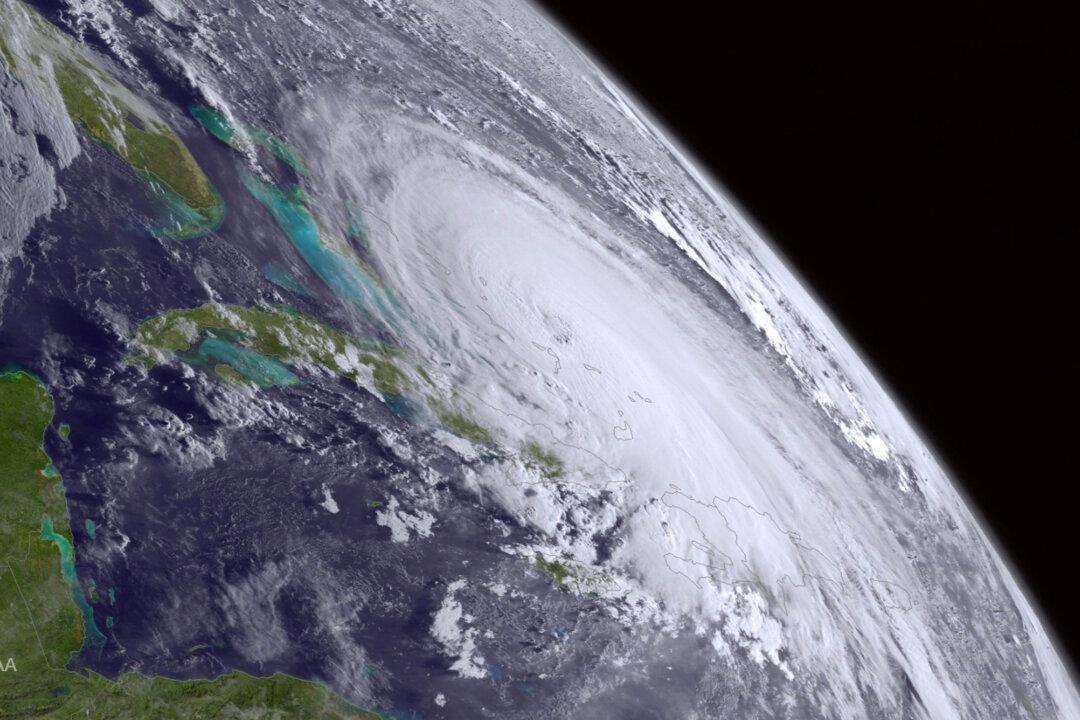WASHINGTON — Hurricane Joaquin is locked in a dance with an extraordinarily heavy rainstorm that is already drenching the Carolinas. As the two draw closer together over the next few days, the effects could be disastrous for the East Coast.
The rainstorm is the dance partner that is leading this tango, and what it does will determine where Joaquin goes and how much of the East Coast floods. Storm No. 1 could push Joaquin out to sea or pull it into the heavily crowded Northeast.
At the same time, Joaquin is feeding the storm with moisture, contributing to its torrential rain.
Meteorologists are deeply uncertain about where Joaquin will go. But they warn that the record-breaking downpours from storm No. 1 are a sure and scary thing, at least for an area for South Carolina to Washington, D.C.






